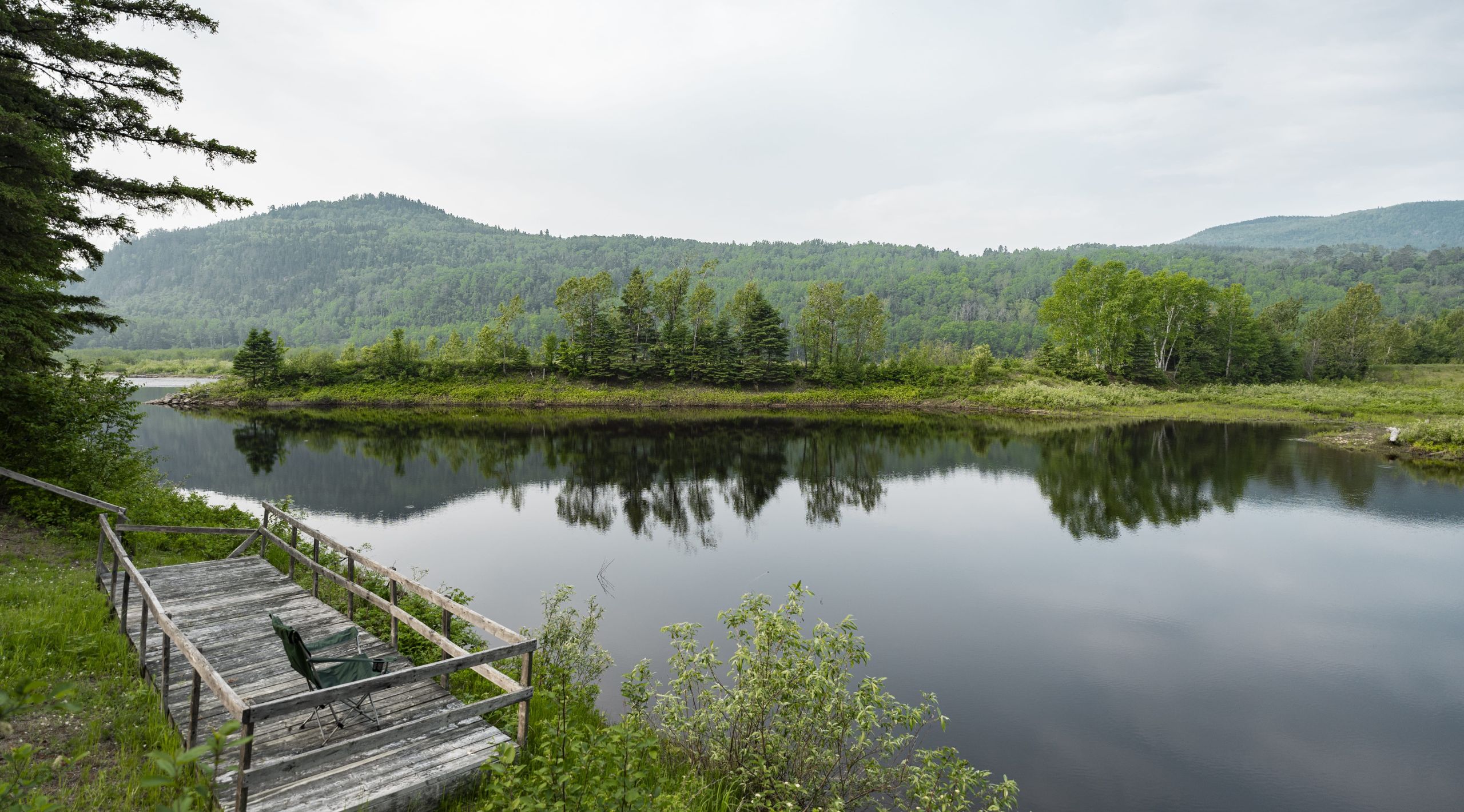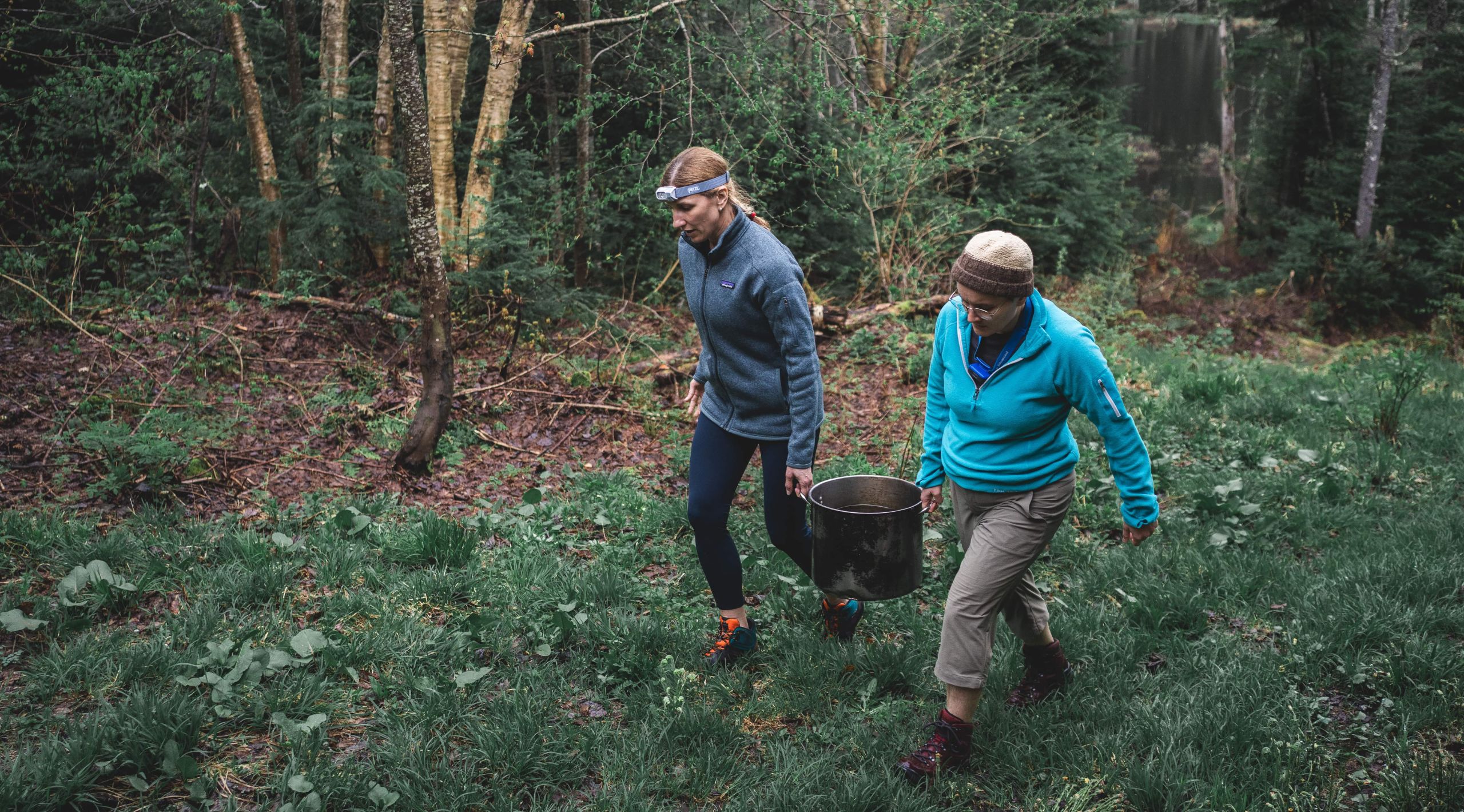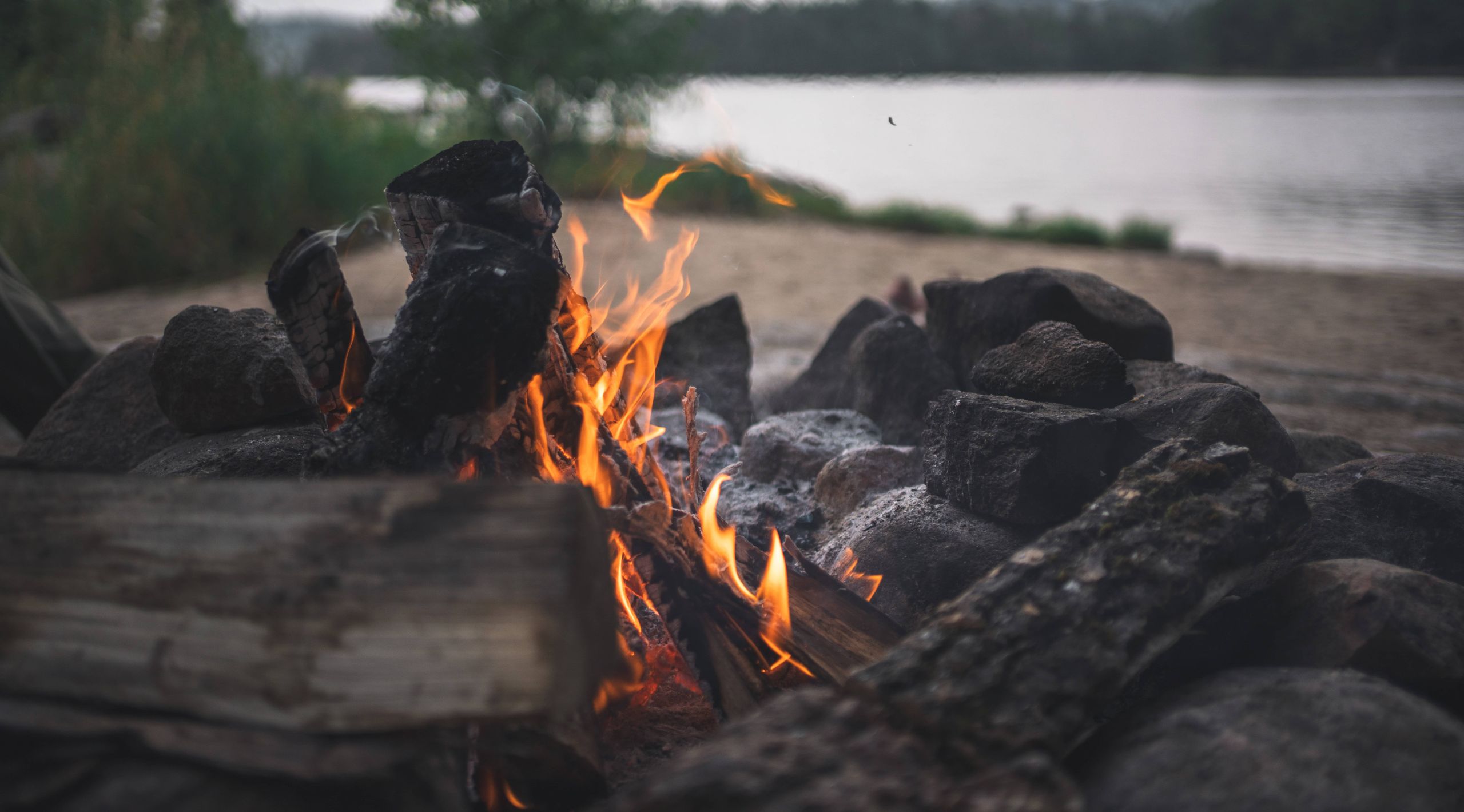

The question of how to relieve ones elf outdoors is a recurring one. A subject that can sometimes be embarrassing for some people, it needs to be addressed so that you know what to do once you're out in the field. Properly managing human waste helps to promote decomposition, protect water sources from contamination, prevent unpleasant surprises for those who might come across it, and limit disease transmission by reducing human and animal exposure to pathogens contained in excrement (Leave No Trace Canada, 2025). Since outdoor adventures don't always offer sanitary facilities, the sanitary pit is the best-known technique for managing human waste.
As the ground is frozen and the sanitary hole cannot be dug, human excrement has to be carried along. Although we imagine that they will be composted or degraded as the snow melts, burying them in the snow is not a viable option. When spring arrives and the snow melts, pathogens remain active and can be seen and washed into rivers and lakes, harming water sources, fauna and flora.
Urine has less impact on the environment than faeces. However, it is important to urinate 60 metres from a water source and to take soiled toilet paper back with you.
Menstruation is an important point to consider when it comes to feminine hygiene outdoors. To find out how to manage your period, read our complete article Menstruation outdoors: how to manage your period?

Unfortunately, washing in a stream using biodegradable soap is not an option. Even if soap is biodegradable, it is designed to be diluted in water from a container (not a whole water source) and then absorbed by vegetation. However, they must be used in very small quantities, as they can still harm the environment. It's important to check the veracity of the certifications for the biodegradable products you use. Some of them can be misleading.
If you're carrying a camping stove, you can heat up the water and then pour in a little soap. A little hot water can certainly provide a little comfort after a long day's sport.
You should also brush your teeth 60 meters away from a water source to avoid harming it. We recommend using a small amount of biodegradable toothpaste. Once the teeth have been brushed, the toothpaste can be spat out in large jets through the vegetation so that the soil can filter it. No, it won't be elegant, but yes, it's the best option for Mother Nature!

After a good meal by the campfire, it's time to wash up! If your camp is located in the wilderness, far from sanitary facilities, washing dishes requires a few extra steps. Dishes should always be washed 60 meters away from water sources, to avoid spilling soap.
Sans trace Canada confirms it: bring back everything you've brought! Make sure you have enough bags for all types of waste, but also think about meals and snacks that generate little waste. The important thing is to plan ahead and be prepared, in terms of space and logistics, to take everything home with you. Burning waste is not an option for getting rid of it. What's more, all types of waste, even food waste, are harmful to flora and fauna. Animals could choke on the packaging and be exposed to certain contaminants.

Campfires can be attractive places to burn all sorts of things. However, a fire is not a garbage can, nor is it an open sink. The campfire area should only be used to build a fire! We don't recommend burning garbage, food or spitting out toothpaste. Although there is combustion, odors can linger and animals will be attracted to them.
In short, as in all adventures, the watchwords are planning and information. If you're informed and plan your outdoor escapades more precisely, you'll develop hygiene logistics that will come in handy on different types of sporting outings. And if sanitary facilities are available, use them! With the growing number of outdoor enthusiasts, it's vital to limit our impact on the environment and its ecosystems.
For more information on the principles of Leave No Trace, consult the educational resources of Leave No Trace Canada and De ville en forêt.